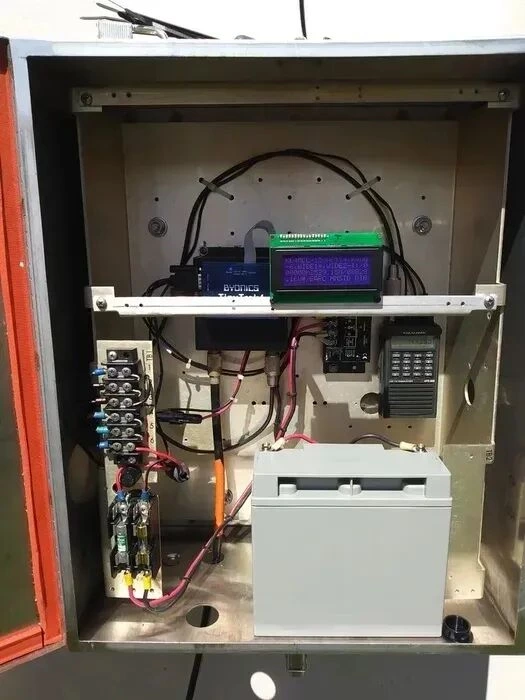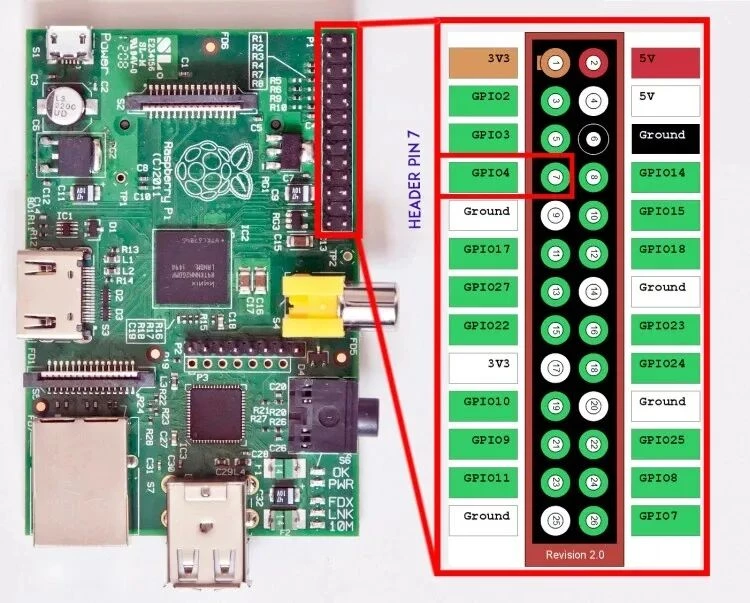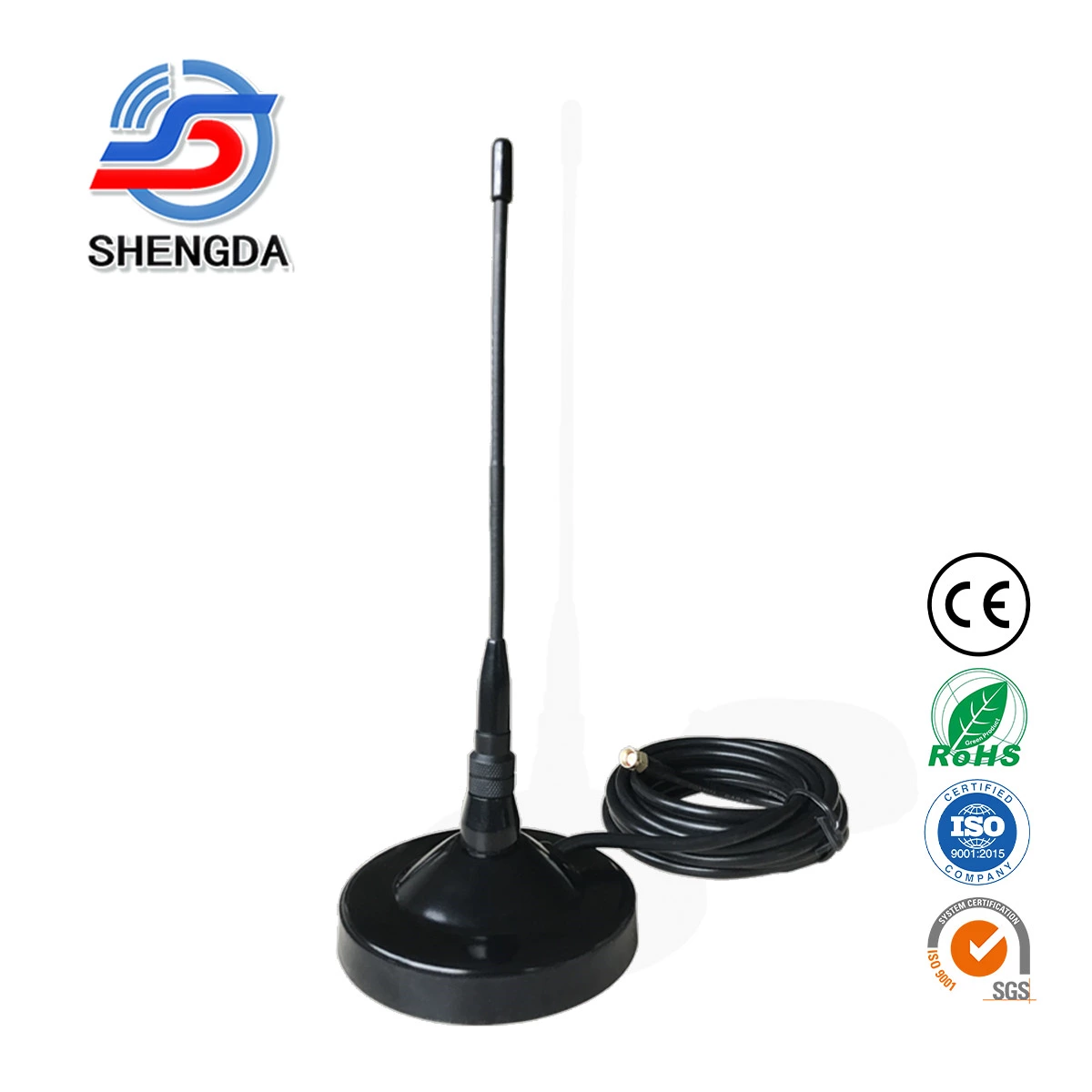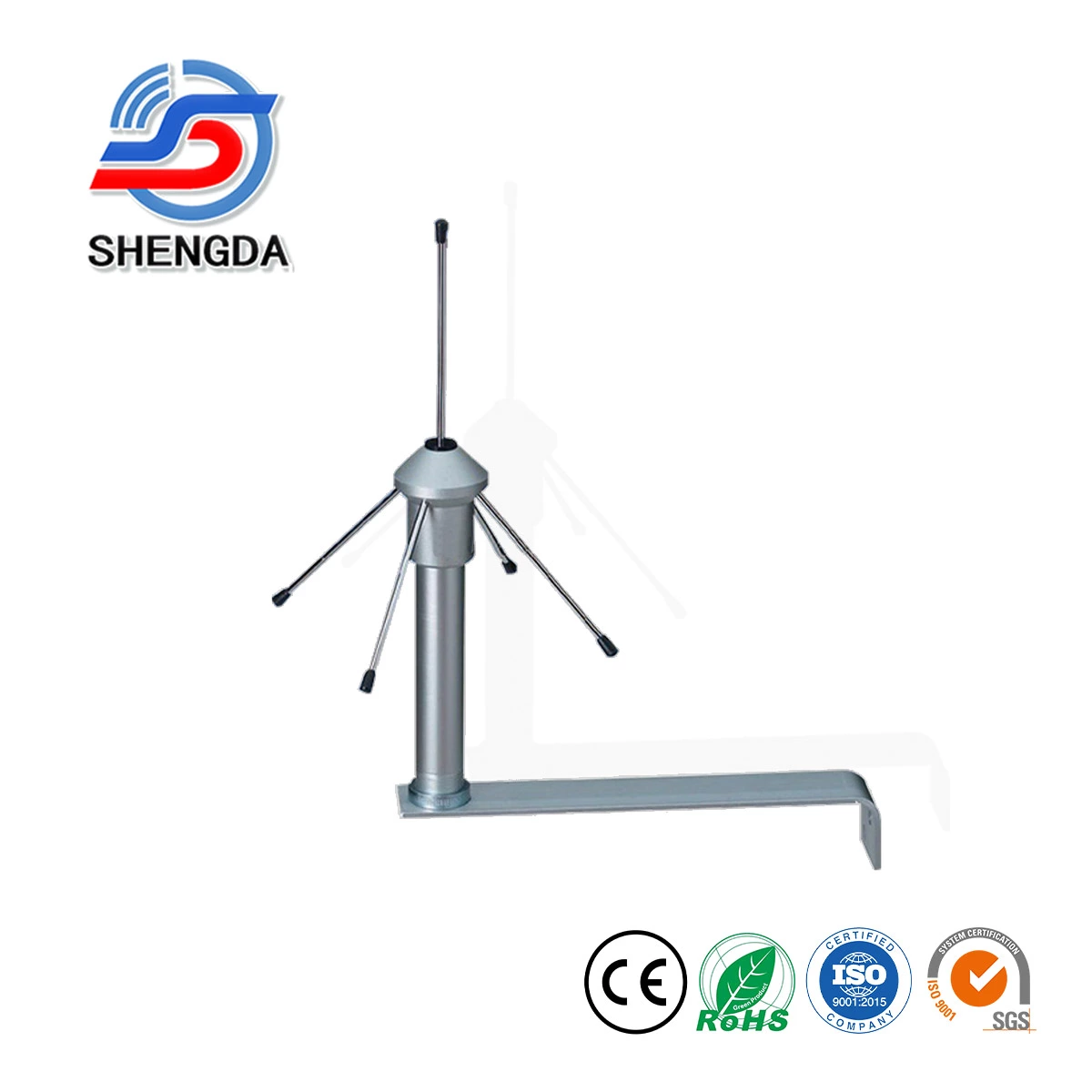Building a 10 mW amateur radio repeater toy with an RTL-SDR receiver and Raspberry Pi
Amateur radio repeaters were once complex combinations of equipment that could easily fill a 19-inch rack.

Pictured is a small solar-powered APRS digital relay station.
Such a repeater consists of a receiver and a separate transmitter, usually modified from commercial radios.

Pictured is the Retevis RT97 portable UHF band repeater and power amplifier.They also feature a homebrew logic unit with a microprocessor that monitors signals at all times.

Additionally, there are numerous filters to prevent the transmitter's output signal from overwhelming the receiver.
Following this, there may be a series of power supply units to provide continuous operation during power outages, often working in conjunction with a set of associated lead-acid batteries.
Today's repeaters are commercial repeater units. Major radio manufacturers have recognized the amateur radio market, especially as they each pursue their own digital standards, and have strived to offer repeater equipment to drive sales of digital transceivers.

Building an amateur radio repeater with an RTL-SDR receiver and Raspberry Pi
By:Jenny List
Internationally, there are unwritten conventions for the frequency difference between the uplink (user to repeater) and downlink (repeater to user) of amateur repeaters: 600 KHz for the 144 MHz band and 5 MHz for the 430 MHz band. These must be followed when setting up an amateur repeater.
When selecting a frequency for an amateur repeater, you should monitor for a period of time to ensure the chosen frequency is free from regular interference. If there are other service transmitters in close proximity to the amateur repeater, intermodulation calculations are also required to avoid frequencies that may produce third-order intermodulation.
What if you want to build a simple repeater but don't have a room full of old radios or a hotline to the sales department of a major Japanese manufacturer? If you're Anton Janovsky, ZR6AIC, you can build your own low-power repeater using an RTL-SDR, a low-pass filter, and a Raspberry Pi.
Anton's repeater is an ingenious combination of reception via rtl_sdr, demodulation with csdr, and transmission using F5OEO's rpitx. To our knowledge, it does not have a tone burst detector or CTCSS to control its transmission, so it transmits continuously around the clock, but we suspect this may be implemented in due course.
The repeater has an output power of only 10 mW, making it more of a toy than a useful device. We advise any licensed amateur enthusiasts who want to experiment with this to read the radio regulations before doing so. Nevertheless, it's a clever use of a Pi and an RTL stick, and hopefully, it will inspire others in the same way.

Direct broadcast FM unit

WSPR across continents

Transmitting digital television



